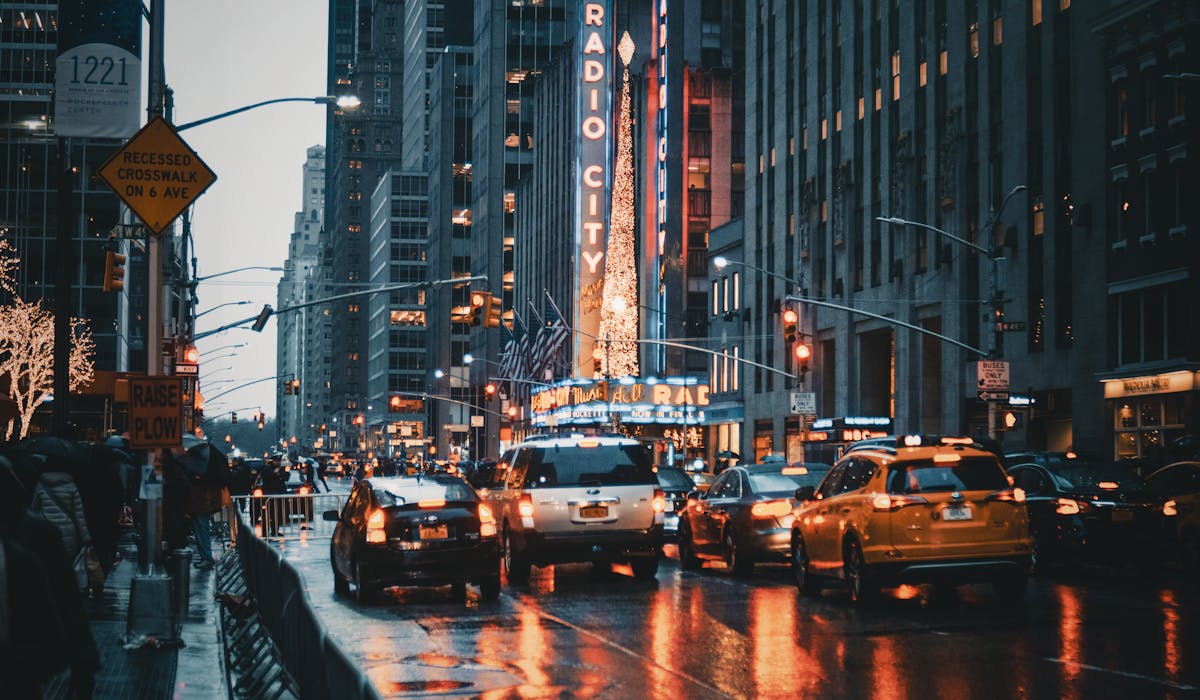Not known Details About Framing Streets
Not known Details About Framing Streets
Blog Article
The Buzz on Framing Streets
Table of ContentsFacts About Framing Streets RevealedThe Greatest Guide To Framing Streets5 Simple Techniques For Framing StreetsSome Ideas on Framing Streets You Need To KnowFraming Streets Fundamentals ExplainedThe Facts About Framing Streets Revealed
, typically with the goal of catching images at a definitive or touching moment by cautious framework and timing. https://hearthis.at/framingstreets1/set/framing-streets/.
Indicators on Framing Streets You Should Know
Susan Sontag, 1977 Street digital photography can concentrate on people and their actions in public. In this respect, the street digital photographer resembles social documentary digital photographers or photographers who also operate in public places, but with the purpose of capturing relevant occasions. Any one of these digital photographers' pictures may catch individuals and residential or commercial property visible within or from public areas, which often requires browsing honest problems and laws of personal privacy, security, and building.
Representations of daily public life develop a genre in almost every duration of globe art, beginning in the pre-historic, Sumerian, Egyptian and early Buddhist art durations. Art managing the life of the street, whether within views of cityscapes, or as the leading concept, shows up in the West in the canon of the North Renaissance, Baroque, Rococo, of Romanticism, Realism, Impressionism and Post-Impressionism.
Framing Streets for Dummies
Louis Daguerre: "Blvd du Holy place" (1838 or 1839) In 1838 or 1839 the initial photograph of figures in the street was tape-recorded by Louis-Jacques-Mand Daguerre in one of a set of daguerreotype sights extracted from his workshop home window of the Boulevard du Holy place in Paris. The second, made at the elevation of the day, reveals an uninhabited stretch of road, while the other was taken at about 8:00 am, and as Beaumont Newhall reports, "The Blvd, so continuously full of a relocating crowd of pedestrians and carriages was flawlessly solitary, other than an individual that was having his boots combed.
Subsequently his boots and legs were well specified, yet he is without body or head, because these remained in motion." Charles Ngre, waterseller Charles Ngre. https://pxhere.com/en/photographer/4162802 was the initial photographer to acquire the technical class called for to register people in movement on the street in Paris in 1851. Photographer John Thomson, a Scotsman collaborating with reporter and social lobbyist Adolphe Smith, published Road Life in London in twelve monthly installments beginning in February 1877
The 9-Minute Rule for Framing Streets
Eugene Atget is considered as a progenitor, not since he was the first of his kind, yet as a result of the popularisation in the late 1920s of his record of Parisian streets by Berenice Abbott, that was inspired to embark on a comparable documentation of New york city City. [] As the city developed, Atget assisted to promote Parisian streets as a deserving subject for digital photography.

8 Easy Facts About Framing Streets Explained
Martin is the very first videotaped photographer to do so in London with a disguised cam. Mass-Observation was a social research study organisation established in 1937 which intended to record daily life in Britain and to record the responses of the 'man-in-the-street' to King Edward VIII's abdication in 1936 to marry separation Wallis Simpson, and the sequence of George VI. The principal Mass-Observationists were anthropologist Tom Harrisson in Bolton and poet Charles Madge in London, and their first report was produced as the book "May the Twelfth: Mass-Observation Day-Surveys 1937 by over 2 hundred viewers" [] Window cleaner at Kottbusser Tor, Berlin, by Elsa Thiemann c. 1946 The post-war French Humanist Institution professional photographers found their subjects on the road or in the bistro. In between 1946 and 1957 Le Groupe des XV each year displayed job of this kind. Andre Kertesz. Circus, Budapest, 19 May 1920 Street digital photography formed the significant web content of 2 events at the Gallery of Modern Art (Mo, MA) in New York curated by Edward Steichen, 5 French Professional Photographers: Brassai; Cartier-Bresson, Doisneau, Ronis, Izis in 1951 to 1952, and Post-war European Digital Photography in 1953, which exported the idea of road photography internationally.

A Biased View of Framing Streets
The recording machine was 'a concealed cam', a 35 mm Contax concealed beneath his layer, that was 'strapped to the chest and connected to a lengthy cable strung down the appropriate sleeve'. Nonetheless, his work had little modern influence as due to Evans' level of sensitivities concerning the creativity of his job and the personal privacy of his subjects, it was not published till 1966, in the publication Numerous Are Called, with an introduction composed by James Agee in 1940.
Helen Levitt, after that an educator of little ones, connected with Evans in 193839. She documented the transitory chalk illustrations - Best Zoom Lens that belonged to children's road society in New York at the time, along with the kids who made them. In July 1939, Mo, MA's new digital photography section consisted of Levitt's work in its inaugural eventRobert Frank's 1958 book,, was substantial; raw and typically out of emphasis, Frank's pictures questioned conventional digital photography of the moment, "tested all the formal guidelines put down by Henri Cartier-Bresson and Pedestrian useful content Evans" and "contradicted the wholesome pictorialism and wholehearted photojournalism of American publications like LIFE and Time".
Report this page